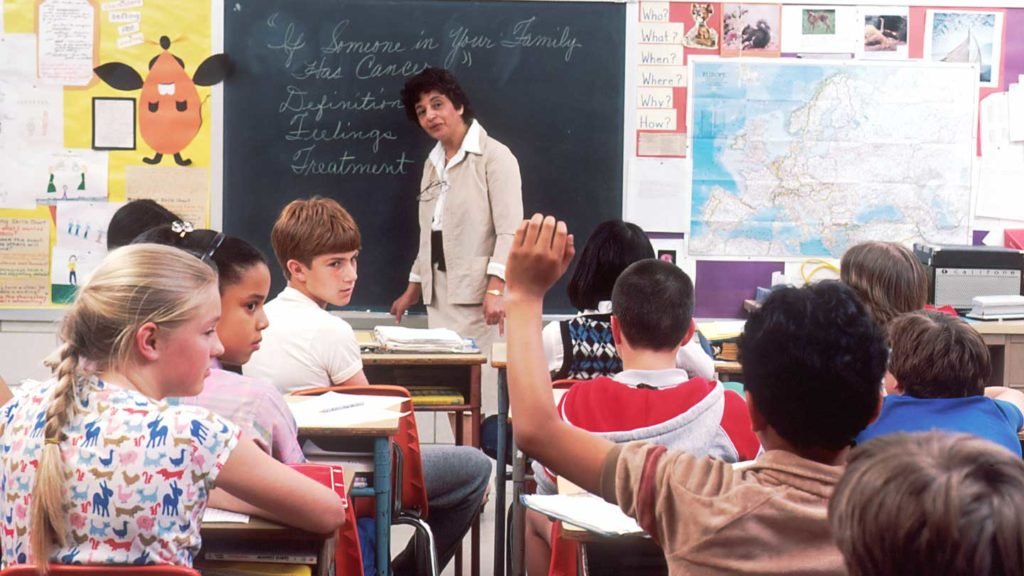Teaching strategies are important in special education because they can help students succeed. In this article, we will take a look at 6 of the most common teaching strategies and techniques and how you can use them to your advantage.
1: Make sure you have clear expectations for your students

When teaching special education strategies to students, it is important to have clear expectations for them. This will help ensure that the students are able to understand what is being taught and that they are not confused. Additionally, it is important to keep a clear focus on the individual student in order to best meet their needs. By doing this, you will be able to provide them with the most effective instruction possible.
2: Use visual aids to make content easier to understand

Visual aids can make content easier to understand by providing a visual representation of the information being taught. For example, using charts and graphs to illustrate complex numerical data can be a helpful way to make the information more accessible. Additionally, using images or videos that relate to the topic being discussed can also be helpful in aiding comprehension. By providing context for the information being taught, visual aids can help students better understand the content being presented.
3: Create interactive lessons so that students can participate and learn from the lesson
One way to ensure that students are engaged in a lesson is to design it in a way that allows them to participate. For example, you can create interactive lessons that allow students to answer questions or complete tasks. This way, they are more likely to understand and remember what they have learned. Additionally, it provides them with an opportunity to learn from the lesson on their own terms.
4: Use positive reinforcement when possible to encourage student behavior

Positive reinforcement is one of the most effective teaching strategies and techniques. It can encourage student behavior by rewarding good behavior and discouraging bad behavior. When used correctly, positive reinforcement can help students learn new behaviors as well as reinforce the ones they are already exhibiting.
5: Ask questions instead of giving direct instructions when possible
When teaching students with special needs, it is important to be sensitive to their individual needs and preferences in order to provide them with the best possible education. One way to do this is by asking questions instead of giving direct instructions. This allows the student to understand the task at hand and builds trust between teacher and student. Additionally, it can help the student focus on their own efforts rather than worry about what the teacher is expecting of them.
6: Use a variety of teaching methods

Different students need to be engaged in different ways. For some students, a lecture may be the best way to learn new information. For others, discussion may be more effective. Demonstration can help students understand how something works and can also provide practice for the skills they are learning. Role-playing can help students practice what they have learned in a safe and realistic setting. In addition, using visuals (such as graphs, charts, or pictures) can also help make information easier to understand.
There is no one right way to teach special education subjects. What works best for one student may not work as well for another. It is important to find methods that will engage each student and help them learn the material.

